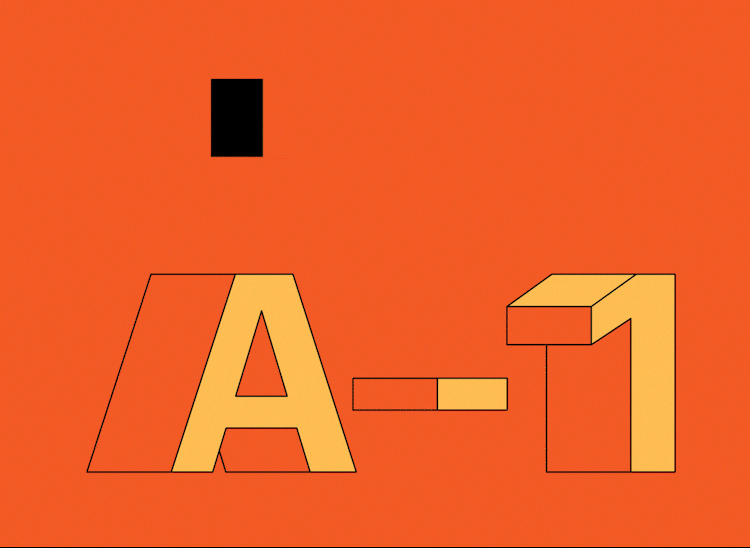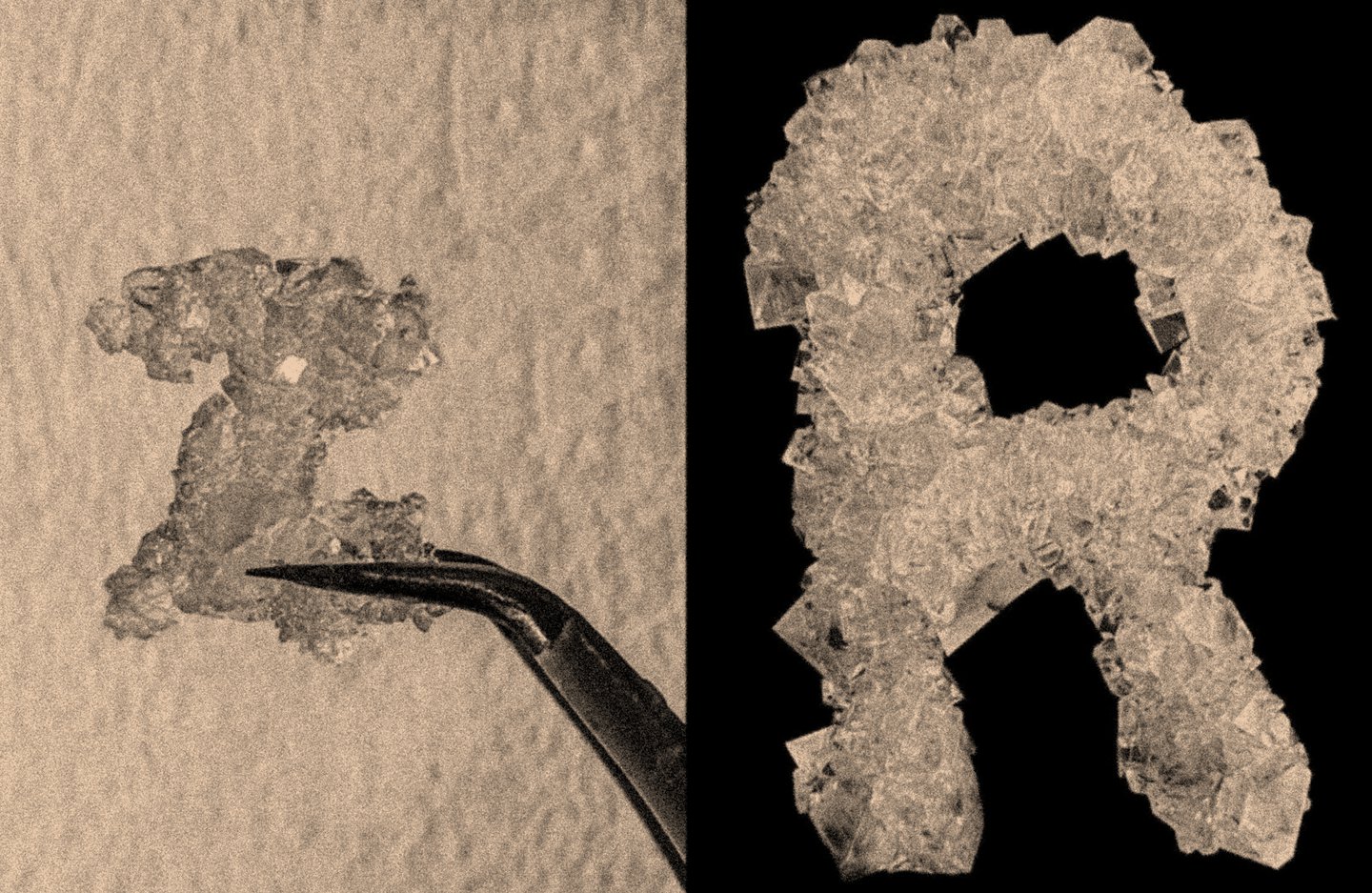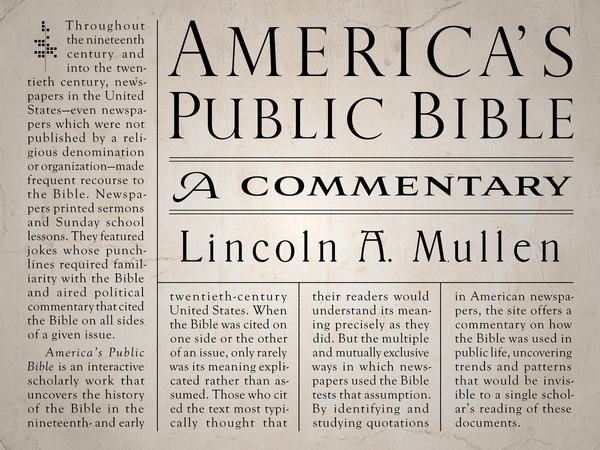![Voynich manuscript - Wikipedia The Voynich manuscript is an illustrated codex hand-written in an otherwise unknown writing system, referred to as 'Voynichese'.[18] The vellu](https://upload.wikimedia.org/wikipedia/commons/9/93/Voynich_Manuscript_%2832%29.jpg)
Voynich manuscript - Wikipedia
The Voynich manuscript is an illustrated codex hand-written in an otherwise unknown writing system, referred to as 'Voynichese'.[18] The vellum on which it is written has been carbon-dated to the early 15th century (1404–1438), and stylistic analysis indicates it may have been composed in Italy during the Italian Renaissance.[1][2] The origins, authorship, and purpose of the manuscript are debated. Various hypotheses have been suggested, including that it is an otherwise unrecorded script for a natural language or constructed language; an unread code, cypher, or other form of cryptography; or simply a meaningless hoax.
The manuscript currently consists of around 240 pages, but there is evidence that additional pages are missing. Some pages are foldable sheets of varying size. Most of the pages have fantastical illustrations or diagrams, some crudely coloured, with sections of the manuscript showing people, fictitious plants, astrological symbols, etc. The text is written from left to right. The manuscript is named after Wilfrid Voynich, a Polish book dealer who purchased it in 1912.[19] Since 1969, it has been held in Yale University's Beinecke Rare Book and Manuscript Library.[20][12][21]
The Voynich manuscript has been studied by many professional and amateur cryptographers, including American and British codebreakers from both World War I and World War II.[22] The manuscript has never been demonstrably deciphered, and none of the many hypotheses proposed over the last hundred years have been independently verified.[23] The mystery of its meaning and origin has excited the popular imagination, making it the subject of study and speculation.

.jpg)














